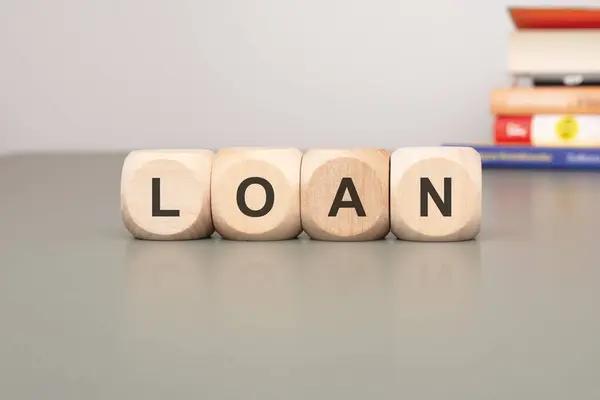Accessing loans during unemployment is a challenging task that many individuals face. It’s a paradoxical situation where you need money the most but are least likely to get it. Financial institutions and banks traditionally rely on steady income as an indicator of your ability to repay the loan, making unemployed individuals less desirable candidates for loans. However, in recent years, several measures have been taken to bridge this gap.
Unemployment often comes unannounced and can lead to financial distress. During such times, access to credit can be a lifeline for managing daily expenses or addressing unforeseen costs. Recognizing this need, many lenders now offer loans specifically designed for those without a regular income source.
These specialized loan products consider alternative factors beyond traditional employment income when assessing an applicant’s creditworthiness. For instance, lenders may look at other sources of income like rental earnings, investment returns or even severance pay received post-employment. They also take into account savings accounts and other assets owned by the individual.
Furthermore, some lenders provide secured loans where collateral such as property or vehicles is used against the loan amount. This reduces risk for the lender and makes it easier for unemployed persons to secure funds despite their jobless status.
While 무직자대출 these steps have made it possible for unemployed people to access loans more easily than before, there are still challenges that need attention from both policy-makers and finance providers alike.
High interest rates are one such concern; due to perceived risks associated with lending money to someone without regular employment income, interest rates on these types of loans tend to be significantly higher than conventional ones. This could potentially exacerbate financial stress rather than alleviate it.
Another issue is accessibility; while there are options available in urban areas with robust banking infrastructures, rural regions often lack adequate facilities offering such services which leaves those residing in these areas at a disadvantage.
To truly bridge this gap effectively requires comprehensive strategies that address these issues holistically rather than just providing stop-gap solutions. This could involve implementing policies that regulate interest rates on such loans, creating more awareness about alternative income sources considered by lenders, or investing in the expansion of banking services to underserved areas.
In conclusion, while unemployment presents a significant hurdle in accessing loans, recent developments have made it possible for those without a job to borrow money. However, further work is needed to ensure these options are fair and accessible to everyone regardless of their employment status. By addressing this issue head-on, we can help bridge the gap between financial needs and resources during periods of unemployment.



